
Are Spiders Insects? Understanding the Difference
Are spiders insects? No, they’re insect hunters!
Insects like mosquitoes carry diseases, and spiders kill our insect enemies.
If the enemy of our enemy is our friend, then spiders are our friends! Even so, we understand that these particular “friends” can be pests.
Protect your home from unwanted pests; reach out to Environmental Pest Management for a quote today.
What’s the Difference Between Spiders and Insects?

As one scientist put it: “Arachnids are as distant from insects, as birds are from fish.” That certainly emphasizes how different they are!
Are Spiders Insects? The Eyes Have It.
Spiders see with eight simple eyes, while insects look through two compound eyes. Either way, you’ll probably have an easier time telling them apart by counting legs instead of tiny eyes.
These Legs Were Made for Walking
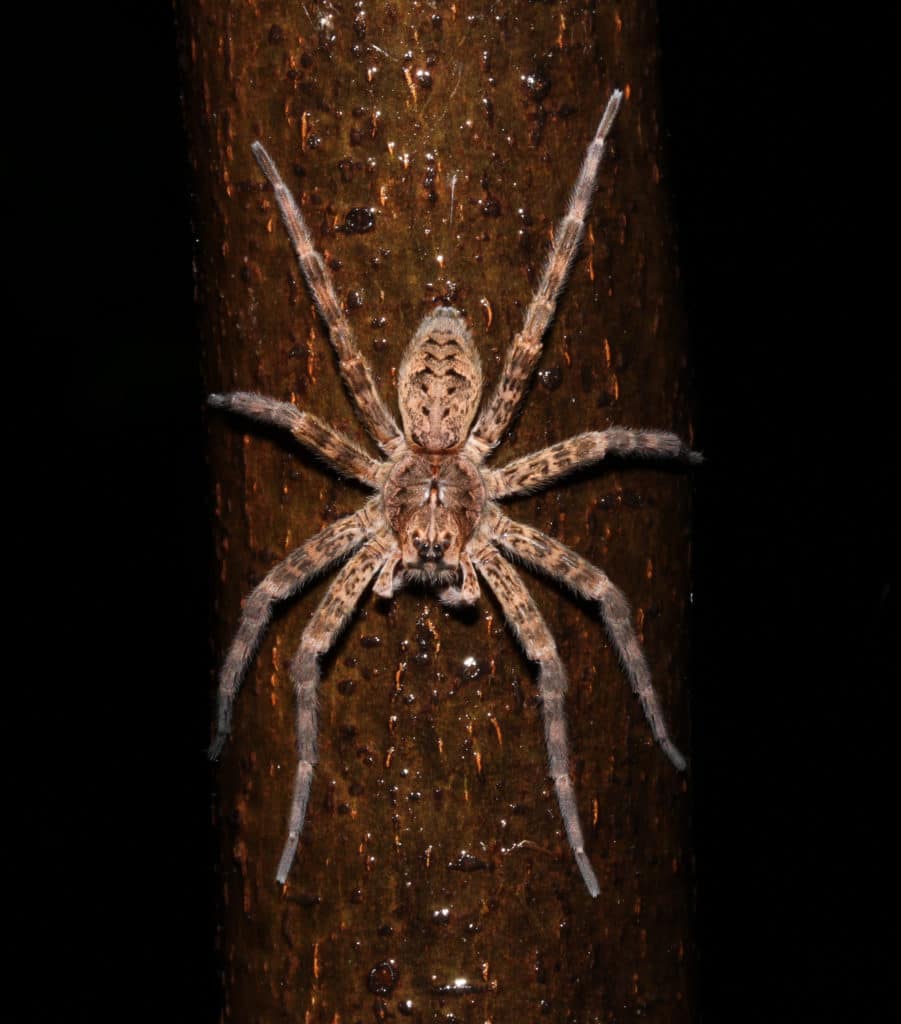
Spiders walk with four pairs of legs, while insects have three.
Insects have six legs. Count eight legs, and you see a spider.
If we scaled the fastest spider to our size, it could move between 50 to 140 miles per hour.
In reality, that spider at its actual size is moving at only about one mile per hour. Any speed can feel too quick for comfort when it comes to spiders!
Contact us at Environmental Pest Management if you’d like support enforcing boundaries that keep them outside. They have important work to do out there, eating insects and feeding birds!
Only Insects Have Wings
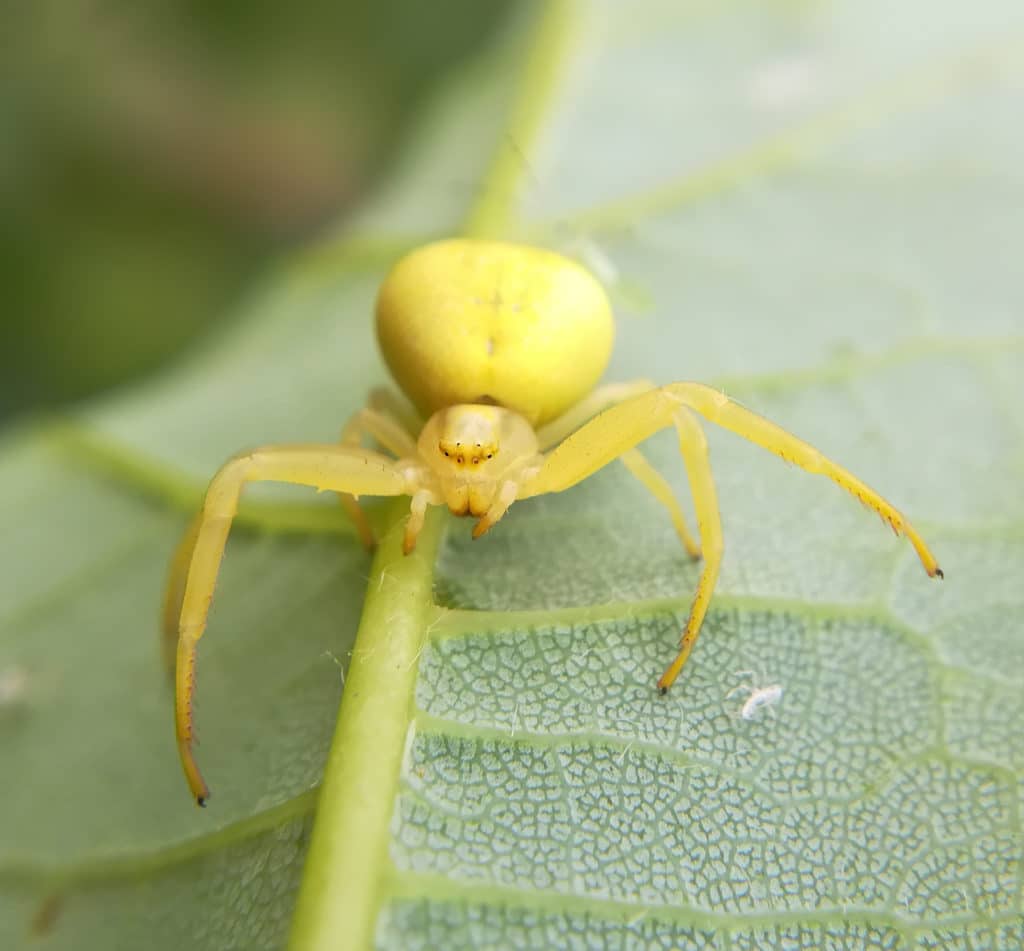
Not all insects have wings at all times, but spiders never have wings at any time.
Are spiders insects? Fortunately not—can you imagine a flying spider?
Spiders cannot fly, but some jump. Some even sail through the air on parachutes they build with their own silk!
Spiders Make Silk
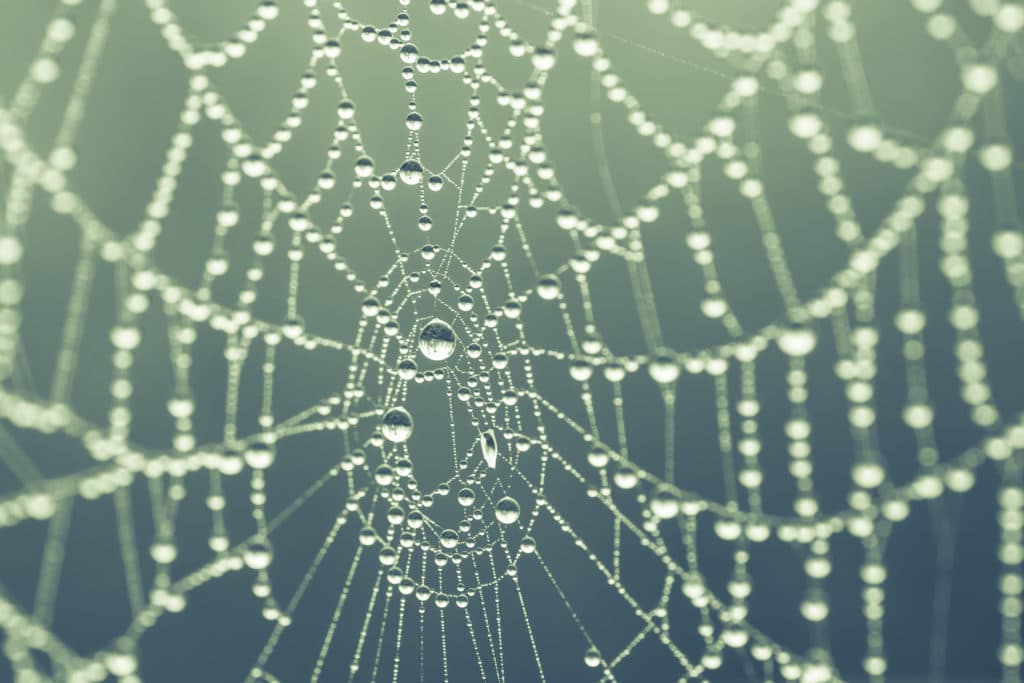
Are spiders insects because they make silk?
Not all spiders live in webs of their own making, but all spiders can make silk. Those who spin webs use them as traps to catch their prey, mostly insects.
Some insects can make silk, too, but they live only in tropical or subtropical climates. Here in Minnesota, only spiders are spinning webs.
The Body Of A Spider—Look At The Head And Thorax.
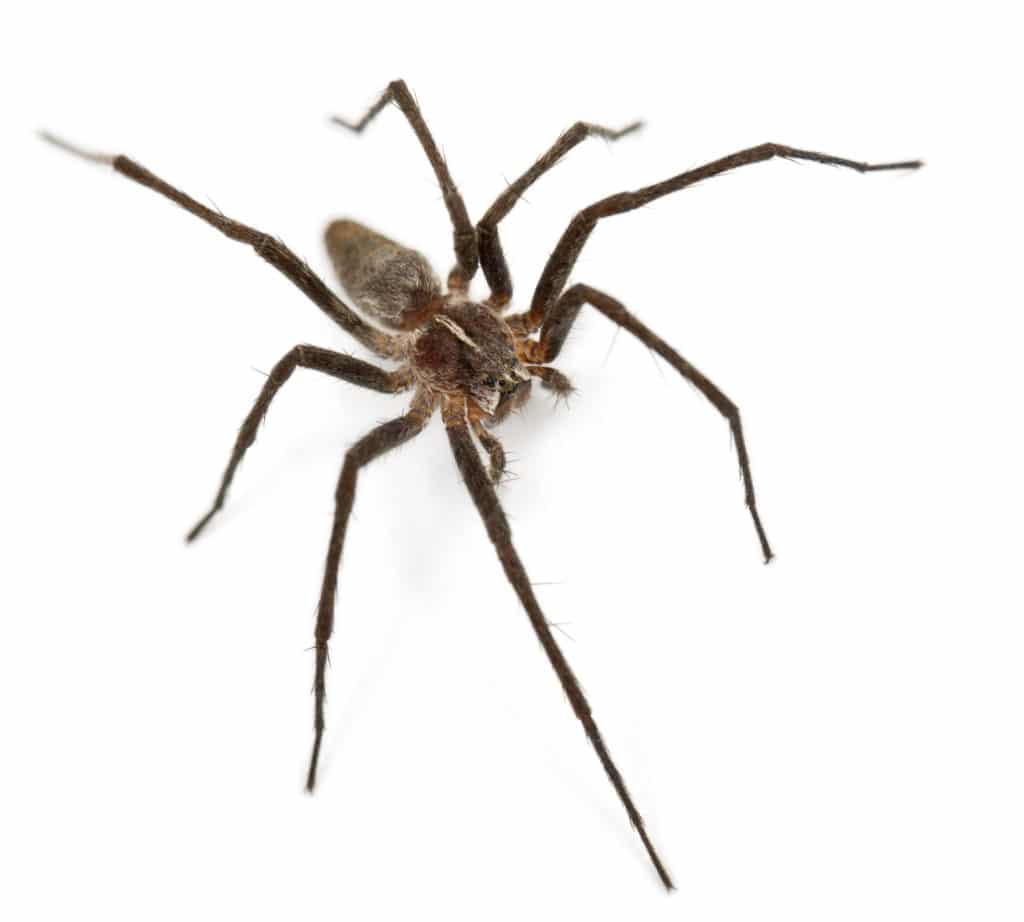
Spiders and insects also differ in their number of body parts. Spiders have only two body segments, while insects have three.
It takes a head, thorax, and abdomen to be an insect. Those first two segments are conjoined in spiders as one section called the cephalothorax (or prosoma).
On their abdomens, only spiders have silk spinnerets; insects don’t.
Are Those Chelicerae or Antennae?
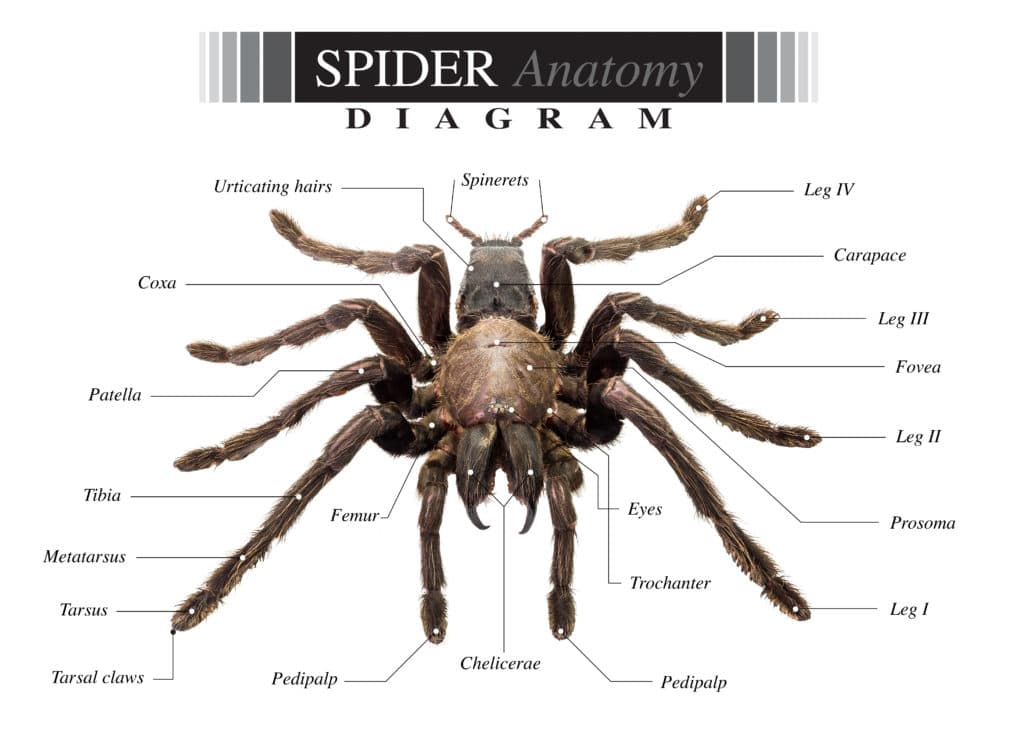
Another distinction between spiders and insects are their extra appendages.
In front of their first pair of legs, spiders have chelicerae with fangs. The fangs inject venom into prey like insects, or unfortunately, sometimes into people.
Almost all spiders make venom, but only about 1% of spiders species are considered dangerous for people.
Some insects also make venom, but it is through stings, not fangs, when they injure people.
Only insects have antennae on their heads, while spiders never do.
Features in Common
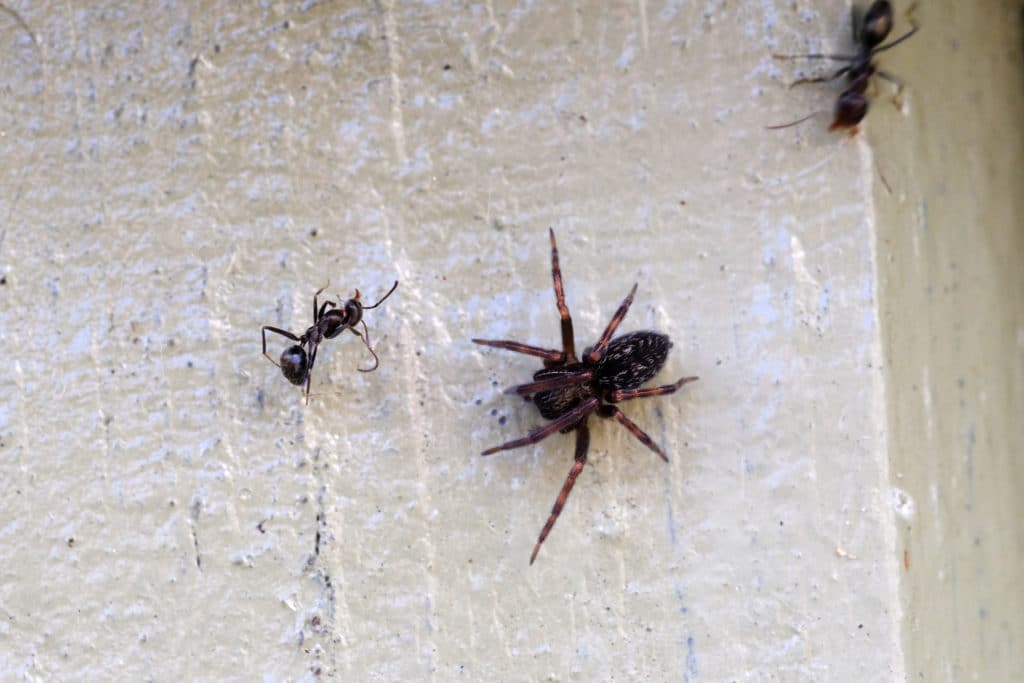
Spiders and insects wouldn’t ever be confused for each other if they didn’t share some common features!
Both spiders and insects have segmented bodies and hard exoskeletons (instead of backbones like humans do). They sometimes shed or molt their exoskeletons to grow bigger.
Also, both have joints in their legs. Accordingly, the animal group they all belong to is called Arthropoda, which means “jointed foot.”
Spiders vs. Insects: an Epic Battle
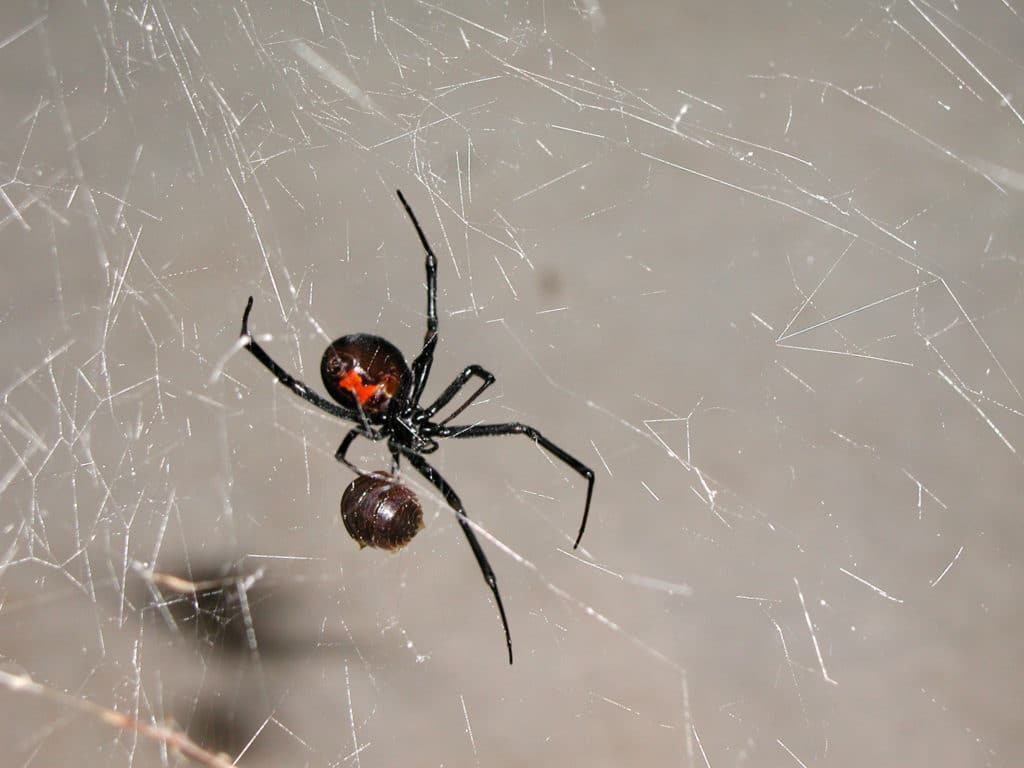
Scientists recognize groups of animals from Kingdoms down to Phylums down to Classes. The Phylum Arthropoda includes the Class Arachnida and Class Insecta.
Spiders belong to Class Arachnida and insects to Class Insecta. (Other creepy-crawlies like centipedes and millipedes belong to other classes.)
For a million years, Class Arachnida and Class Insecta have been in an epic battle. Humankind does best if neither wins because they’re keeping each other in balance.
Most of us also don’t want their war within the walls of our homes!
If you’re wondering how to keep the fight outside, call Environmental Pest Management. Our professionals want to protect your home from being their battlefield.
Class Arachnida
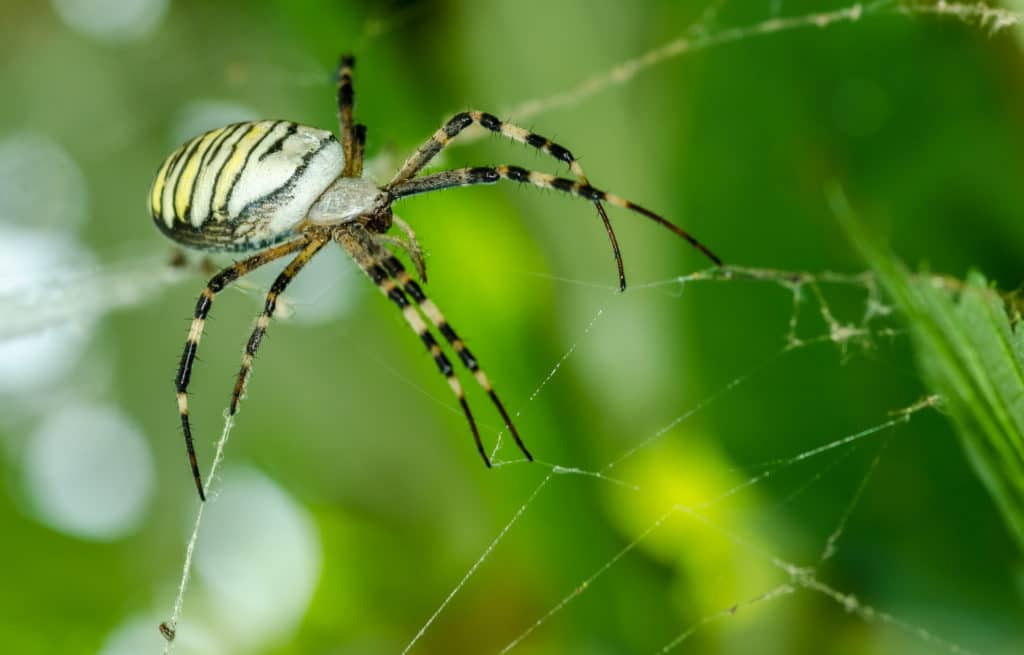
Spiders belong to Class Arachnida. Other members of this class are scorpions, mites, and ticks, and they have the classic eight legs of Arachnida.
Scorpions don’t live in Minnesota, but we do have interesting little cousins here called pseudoscorpions.
Good news for us Minnesotans—pseudoscorpions don’t pose any threat to people. If you see a tiny creature that looks like a tick but has pincers, it is harmless.
Unfortunately, ticks can be dangerous because they often carry diseases that they can transmit to people.
Are ticks insects? Are spiders insects? No, they both have those classic eight legs.
Stop signs have eight sides, and arachnids have eight legs—like nature’s Stop! If we count to eight, it’s often safer to take heed.
Call us at Environmental Pest Management to address any concerns you have with spiders or other pests in your home.
Creating a Hostile Environment Against Spiders
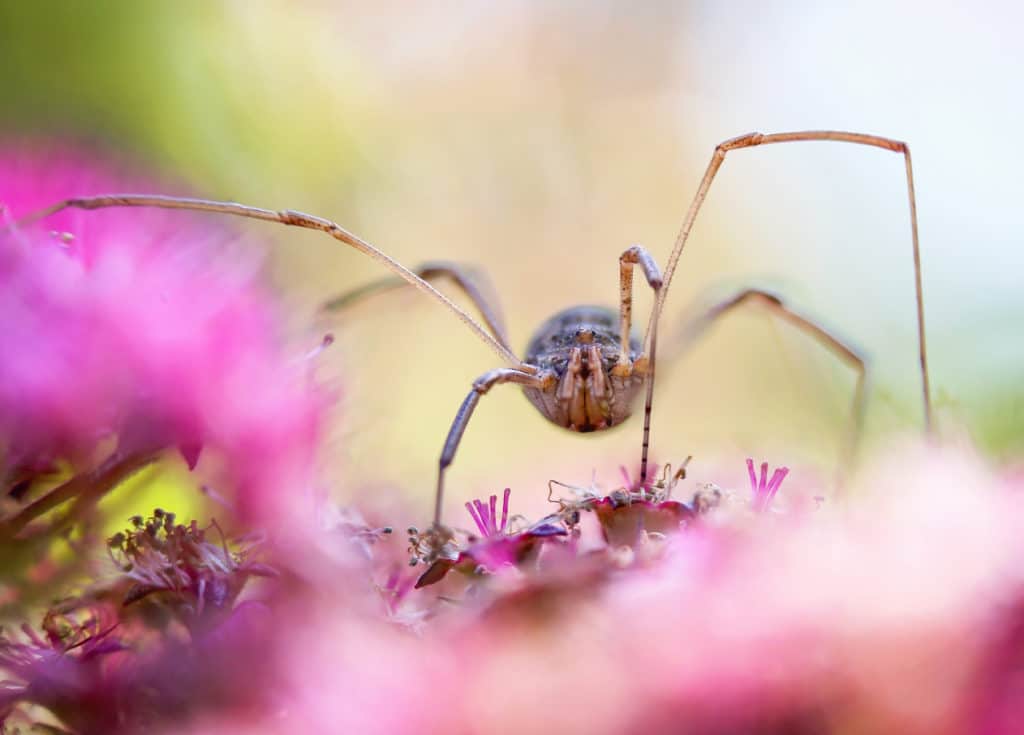
Making the areas inside and outside your home unattractive to spiders can naturally encourage them to go elsewhere.
Spiders like dust and they hide in places like stacked boxes. Reducing these areas tells them that they aren’t welcome.
Outside, spiders see bushes, firewood, and other piles as luxury resort accommodations.
Keeping the perimeter directly around your home clear deters spiders from living nearby. Then they’re less likely to take that next eight-legged step into your home.
Check these natural remedies to help keep spiders at bay as well. Spiders detest some herbs and oils, like cinnamon and citrus.
The same scents that can make your home festive during the holidays can also deter spiders.
Call the Professionals at Environmental Pest Management

Are spiders insects? No, but you probably still don’t want them in your home.
We practice integrated pest management. We know spiders play important roles in our world, and we recognize their value—outside!
We work to keep them outside in an environmentally mindful way. We choose non-chemical means whenever we can.
Call us at Environmental Pest Management for a free quote. We’ll solve your pest problem by addressing the source of concern for safe and long-term results.
